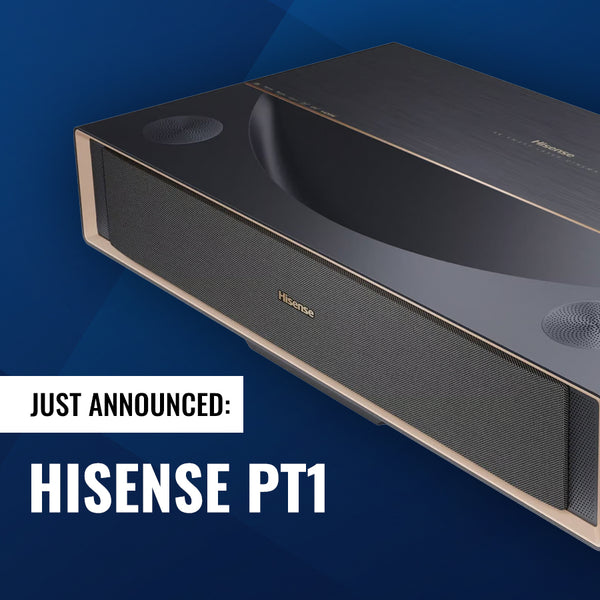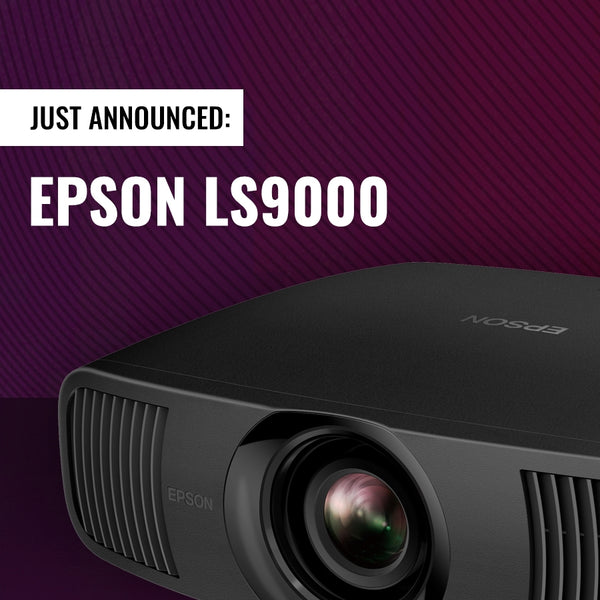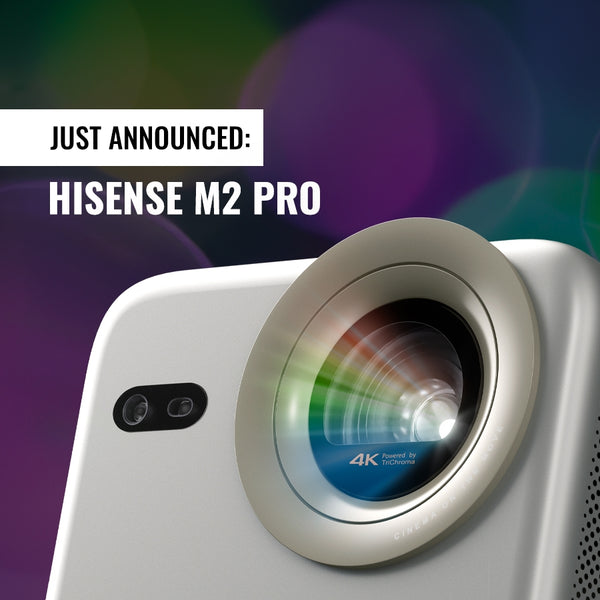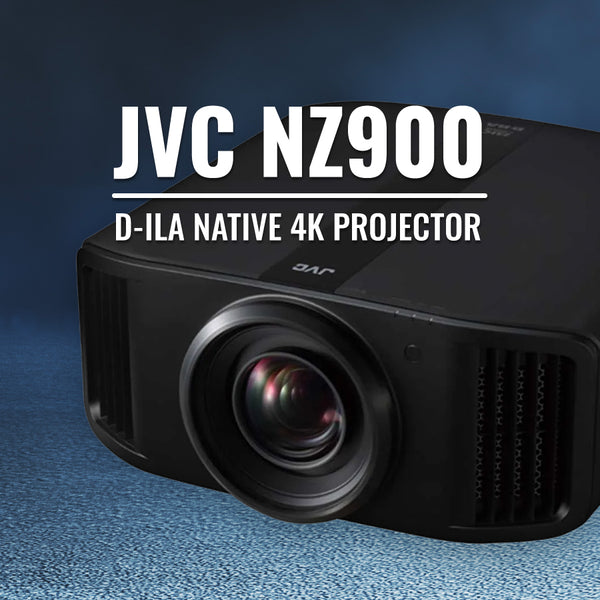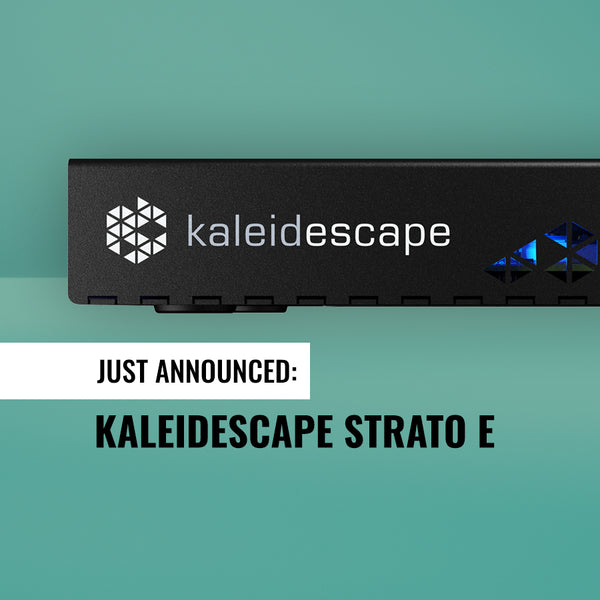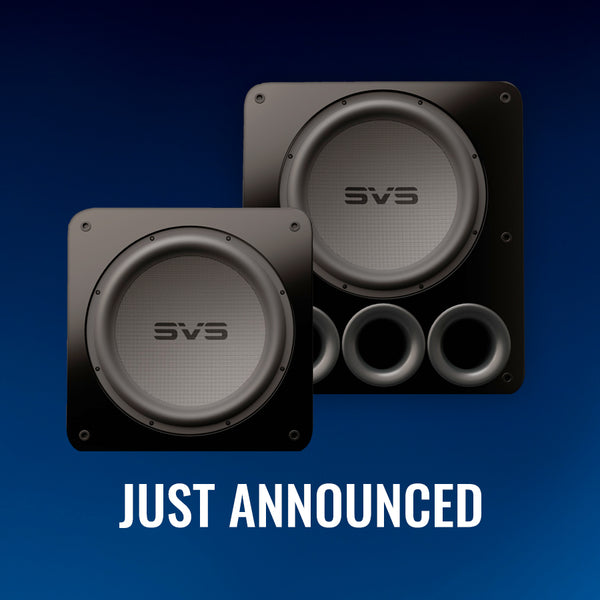The Biggest Benefits of Projectors over TVs

A few years ago a lot of people traded in their traditional televisions for flat screens, making the old tubes virtually obsolete. As 2015 picks up steam, some of the most tech savvy consumers are discovering the benefits of projector screens. Not only do these devices offer an exceptional value for your dollar when it comes to design, function and top quality, but they also boost a number of benefits that traditional televisions can’t even come close to.
If you’re new to the idea of projectors, take the simple concept of comparing one of those giant screen televisions to a projector. Sure an 80 or 90-inch television hanging on the wall of your living room or in your theater room looks impressive, but you need to ask yourself if you’re really getting the same value. When you take a close look at all of the benefits of projectors, you’ll quickly find not only is a large screen television not a good value at all, but it’s also not a smart choice if your primary goal is to feel like you have your own personal theater in the comfort and privacy of your own home. In basic terms, a projector looks better than a giant television, plus it is worth the money.
While you may be asking yourself how it can be when giant televisions are sometimes sold at rock bottom prices, especially close to the holiday season, you have to consider a number of benefits. Let me paint the picture for you, laying out the biggest benefits of projectors over TVs.
Improved Picture Quality
First up on the list of benefits is the impressive picture quality that comes with a projector. While some flat screens only deliver so-so picture quality, a good projector is not even in the same category. Traditional televisions may also impede your ability to view the picture the same from different angles. When you pair your projector with certain screen surfaces you can achieve a full 180 degree viewing angle. With projectors, you don’t lose the picture quality because of the impressive resolution when paired with a high definition screen.
To understand more about projectors, let’s take a closer look at the three types of front projection technology you’ll find.
LCD
The most affordable projectors come with LCD technology. This is what you’ll find with many of the budget projectors, on up to some of the more moderately priced devices. Just because these types of projectors are generally less expensive, it doesn't mean they are necessarily sacrificing quality of design. LCD technology continues to get better, and some LCD projectors perform quite well against their more expensive DLP counterparts.
DLP
Moving up on the spectrum is DLP. By using extremely small chips and millions of minuscule mirrors, you’ll find a range of options in nearly every price point. With DLP you may lose some of the contrast ratio you’ll find with certain LCDs, but you’ll find that motion resolution is considerably better in comparison, with less “motion blur”. Generally you will find a more impressive picture quality with DLP over LCD at the same price point
Brand name makers like Hitachi and Optoma have versions coming in below the $1000 range, but you’ll also find several devices priced at above that mark, as well as considerably less. You really need to compare what you want and what you need. For example, do you want a manual lens focus and a 2 cm DLP or do you really want to go all out with the Panasonic 3 cm DLP with both horizontal and vertical lens shift and 1920x1200 resolution? As you can see the price isn’t even comparable, but it really comes down to what’s important to you when it comes to a quality home projector.
LCOS
A third option when it comes to projector technology is LCOS. In basic terms, this type of projector tops a mirrored surface with a layer of liquid crystal. With LCOS, both contrast ratios and black levels are extremely impressive. While typically these types of projectors are on the upper end of the price scale, you can still find some mid-price projectors of this sort.
Customize the Size
When it comes to the size of your screen, go big or go home! Well, technically you’re already home, so why not go big! By big, I mean really, really big. One primary benefit of projectors is that you get to choose how big of a screen size you want. If you want to move the set-up to a different room, or ever change homes, you don’t have to worry about your television fitting your space. With a projector, you have the option of sizing the screen to the room you want. In most cases, your projector can just either zoom out or zoom in to fit the space you need.
Depending on which projector you choose, you could end up with a screen the size of your wall! That’s correct, you really could have your own personal theater. Have you ever been in one of those movie theaters where the screen seems like it just didn’t fit the space, or walked into a home where the screen seemed way too small for the room? With a projector you cannot only change the size of the screen, but you can also hide the screen altogether when you’re not using it. This way you have the option of highlighting the features you want in your own home, not working around them.

Manage Your Space
This brings us to our next benefit; managing the space you want to use without wasting space you don’t want to use. Projectors take up very, very little room, themselves. In fact, you can easily just mount your projector up on the ceiling of your home. This way, you’re not using up any space on your walls or on your furniture. The screen can also be installed so that it easily retracts up into the ceiling when you’re not using it. While these types of installations are more expensive, combined with a hanging projector, they’re definitely a benefit to saving space. It's much more difficult to hide a television this way.
You can even paint a wall for your screen if you want to. While not everyone likes the visibility due to the rough texture of a painted screen, it is an option. You can also choose to mount the screen on the wall. Because they’re so light, this is another way to manage your space. You don’t have to worry about damaging your walls during installation, something that is commonplace with televisions because they are so heavy.
Comfort
Our next benefit has to do with comfort. You may be asking yourself what “comfort” has to do with a projector. The answer to this has to do with how your eyes see the screen in front of you. If you’re able to fill up a large screen, it’s actually more comforting to your eyes to fill the space, as long as the resolution is high. With a quality projector you get that.
Price
Another benefit is price. You may see the cost of some projectors and worry that they’re too much for your budget. However, this is where you really want to do your homework and comparison shop. While some projectors rival the cost of certain high-end flat-panel TVs, remember you also get an incredible image that isn’t constrained by the size of your television.
As well, you’ll also find several projectors in the $1000 range that offer a lot for your money. While you may find televisions at a steep discount at certain times of the year, in most cases the prices really aren’t that cheap at all, and the TVs that are, aren’t that widely available. In addition, it’s vitally important that you understand with projectors and TVs you truly are not comparing apples to apples. Try looking not only at the price, but also at reputable brands. Also look at things like the display, the resolution and the aspect ratio. All play an important part in making sure you’re taking home a quality product for your money. With projectors you easily have an advantage that most televisions on the market just can’t compete with.
You also need to remember that a higher price doesn’t necessarily mean better performance. The Epson 5050UB, for example comes with a very bright display and can handle displaying extremely large images. You just can’t match that with a large television. The JVC DLA-RS49U has incredible contrast ratio of 600,000:1, but an output of only 1,300 lumens. Your best bet is to take a closer look at what the projector can do, and then find one that fits within your budget best.
Things to Consider
Light
All the benefits of projectors obviously outweigh the extra considerations that come along with them. For example, with a projector, no matter how much you spend on it, you do have to think about the amount of light in your room. If you pull up all the shades to let the sunshine in your home, or like to leave all the lights on, you’ll need to rethink your viewing habits.
If you’re using a projector with too much ambient light, you’re going to wash out the image you’re trying to see. With this in mind, you just need to either adjust which room you use, or be conscience of how much light is in the room before you turn on the projector. For most homes, it’s an easy fix with some blackout curtains over the windows and by closing nay doors leading into your projection room.
For instances in which the ambient light cannot be controlled, an ambient light rejecting surface from brands such as Screen Innovations who’s surface is one of the most highly acclaimed ambient light rejecting (ALR) surfaces available today.
Extra Costs
There are also extra costs, on top of what you’ll spend on the projector, so factor that in.
Audio System
Since a projector isn't a television, you’ll need to purchase both a receiver and speakers. You may find, though, that you already have a good system that you were using with the television you already own.
Screen
You also need to factor in the cost of the screen. [are you joking?? I am projectorscreen.com; this is what I sell. I would NEVER say that to anyone) If you’re already investing in a quality projector, you will want to invest in a quality screen, too. Generally, you can find a screen priced anywhere from a few hundred dollars up to several thousand dollars, again depending on how much money you have to spend, and what you want out of it.
A 1080p or higher resolution projector should be paired with an HD screen for optimal image clarity without the pixel distortion caused by textured surfaces.
To learn more about the different screen types; visit our Buyer's Guide
Cables
Along with the audio system and screen, you need to have cables to run from your projector to your receiver. You’ll want to get a decent cable so you don’t sacrifice all the money you put into your projector, screen and audio system.
There are some projectors that support wireless video transmission, either natively such as the Epson 5050UBe, or by using an additional accessory.
Lamp Replacement
In most cases, you also need to consider the cost of replacing the projector’s bulb or lamp over time. Typically, these lamps last several thousand hours before there is any diminishing to the brightness that the projector outputs. How often you use your projector will determine when you’ll have to replace the lamp. In most cases, the lamps go for a few hundred dollars.
Newer LED projectors have special lamps which will last much longer than a traditional projector bulb.
Fan Noise
This last consideration isn't really much of one, as long as you invest in a good projector. Projectors need fans to combat the heat generated by projector lamp. With a small, less expensive projector, you may notice some noise from the fan or less depending on the technology – LED projectors for example have much quitter fans as they generate much less heat You can easily remedy the situation, too, with where you place the projector in your home. If you want to save a little money, and can’t afford the quietest version, think about placing the projector behind you, rather than right over your head where you might notice it the most.
Why not?
As projectors gain in popularity, they also continually improve and deliver more to consumers. There are some considerations, of course, but when you consider the “big picture”, you’ll find there really is no match to a projector’s quality,convenience and ability to generate that “Wow Factor”.



